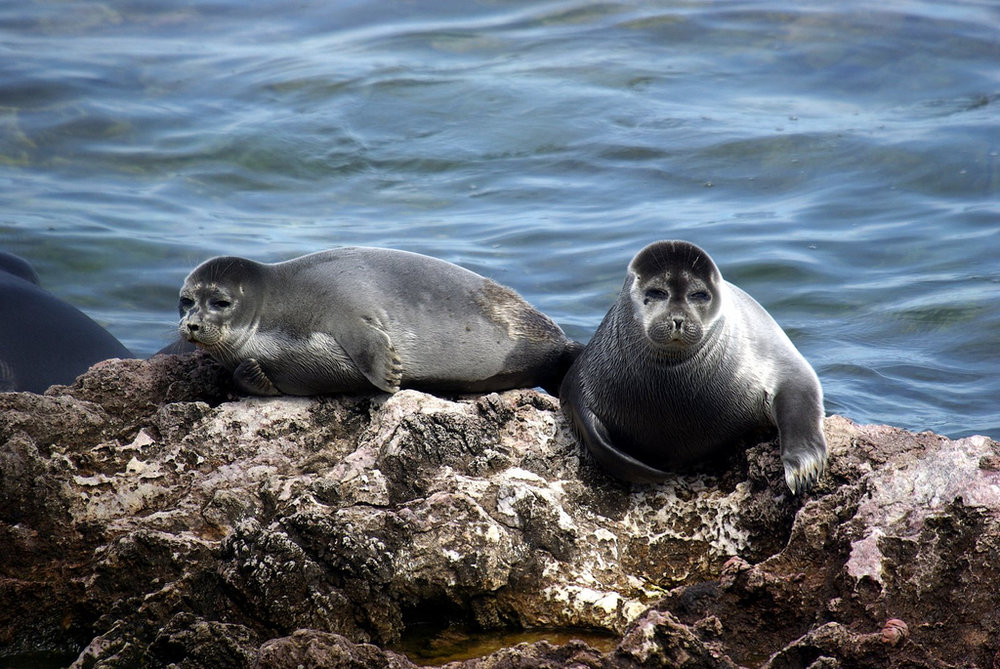National plan for safeguarding Caspian seal drafted

TEHRAN – The Department of Environment (DOE) is preparing a national action plan on preserving the relict species of Caspian seal in cooperation with the responsible organizations, Mehr reported on Saturday.
Caspian seal, the sole marine mammal inhabiting the Caspian Sea, is endangered according to the International Union for Conservation of Nature and Natural Resources (IUCN), as recently demonstrated to have declined by more than 90 percent since the start of the 20th century.
Existence of Caspian seals indicates healthy condition of the sea, and now fishermen in the three coastal provinces are being trained how to behave while spotting a seal, Parvin Farshchi, deputy DOE chief for marine affairs has said.
Insisting on national and international cooperation for successful implementation of the plan, she said that the DOE held a meeting to develop solutions for conservation of the precious species with officials from Ports and Maritime Organization, Cultural Heritage, Handicrafts and Tourism Organization, Fisheries Organization, Iran Navy, environmentalists and related experts in attendance.
Pointing to the Iranian ships to display Caspian seal image, she said that Iran will spread the message of “the need for preserving the Caspian seal” to the world, which is a valuable measure in this regard.
Davood Mirshekar, deputy DOE chief for marine ecosystems, for his part said that during the Iranian calendar month of Bahman (January 21-February 19), seals travel to the northern shores of the Caspian Sea in Russia and Kazakhstan to give birth on ice sheets after an eleven-month gestation period.
The Caspian Seal life can be divided into three periods, he said, adding, they spend the first period on breeding, the second period on hair shedding cycle and the final period of their life spends on migration to southern and central parts of the Caspian Sea including Iran, Turkmenistan and Azerbaijan.
They normally tend to live in groups but occasionally hundred may gather at a good place, he added.
He further regretted that oil spill, industrial waste as well as heavy metals, agricultural pesticides, radioactive waste, wastewater and household waste entering the sea, and noise pollution caused by oil and gas refineries, and excessive boat traffic have pushed the species toward extinction through poisoning them.
“Some of the toxins in the long period weaken their body's immune system against the diseases along with reducing their fertility,” he lamented.
Unfortunately, their population which stood at about one million shrank to less than 100,000 in less than 30 years, he concluded.
In an exclusive interview with the Tehran Times in November 2017, Farshchi referring to the Convention on the Conservation of Migratory Species of Wild Animals (CMS), said that Caspian seals were included on Appendices I and II of the Convention by DOE efforts.
As per the Appendix I of the Convention, poaching and illegal fishing activities is banned to save the animals from extinction, while Iran has not had a share in illegal fishing of the species since the very beginning, she concluded.
Over the 12th Meeting of the Conference of the Parties (CMS COP12) to the Convention on the Conservation of Migratory Species of Wild Animals (CMS), administered by UN Environment on October 28, 2017, Caspian seals were included on Appendices I and II of the Convention.
According to the Conservation of Migratory Species of Wild Animals Website, Appendix I comprises migratory species that have been assessed as being in danger of extinction throughout all or a significant portion of their range.
Appendix II covers migratory species that have an unfavorable conservation status and that require international agreements for their conservation and management, as well as those that have a conservation status which would significantly benefit from the international cooperation that could be achieved by an international agreement.
FB/MQ/MG
